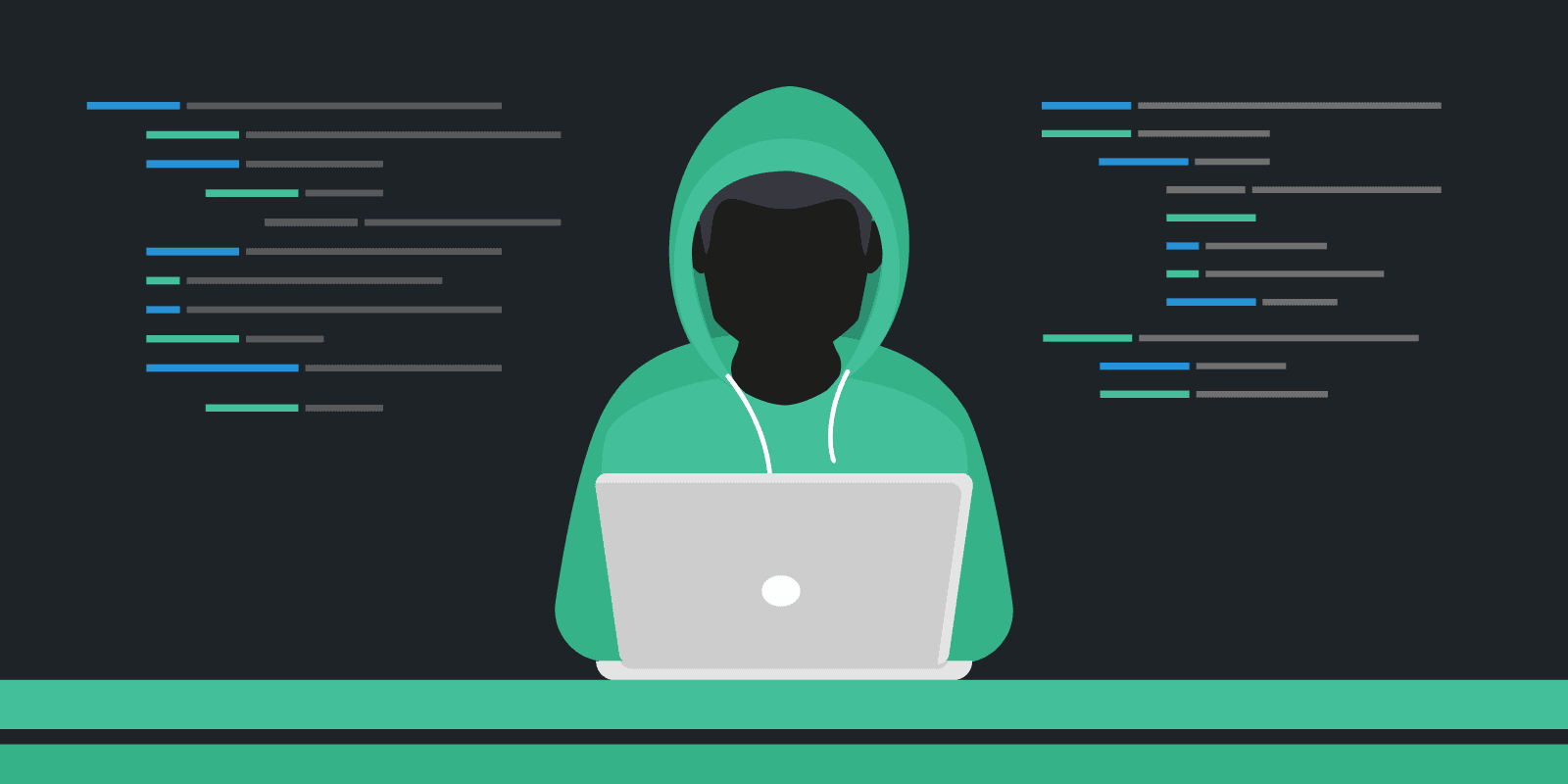What Tasks Are Assigned to a Malware Analyst? - Course Monster Blog

Malware breaches can originate from various sources. For instance, several fake antivirus applications on the Google Play Store were found to be infected with malware. In a separate incident earlier this year, malware transmitted through satellites caused modems in Ukraine to shut down. It is worth noting that the average lifespan of destructive malware attacks is 324 days, with 233 days taken to identify them and another 91 days to contain them. This is longer than the global average of 277 days for all types of cyberattacks.
Malware attacks can also be expensive. The 2022 IBM Cost of a Data Breach report reveals that destructive malware attacks cost an average of $5.12 million per incident, which is higher than the average cost of $4.35 million per incident for all types of cybersecurity attacks. Furthermore, destructive malware attacks accounted for 17% of all breaches, with ransomware being responsible for 11% of these incidents.
Each day that malware goes undetected on a system represents an opportunity for the malware to cause more damage and exfiltrate credentials. However, detecting malware can be extremely difficult as cybercriminals often design it to look like legitimate code. To speed up the process of identifying and removing malware, organizations are increasingly turning to malware analysts who specialize in detecting and analyzing malware on their systems.
What Role Does a Malware Analyst Play?
Companies in the cybersecurity industry often hire malware analysts, also known as reverse engineers, to verify that their products can detect and defend against malware. However, companies outside of the cybersecurity industry may also hire malware analysts to minimize their exposure to malware attacks.
As the number and cost of cyberattacks continue to rise, the need for skilled malware analysts is also growing. Although the position of a malware analyst is still relatively new, companies are recognizing the benefits of having an expert who can stay up-to-date on the latest malware trends and techniques. Many aspiring malware analysts begin their careers in cybersecurity and gradually transition to this specialized role as they gain more experience in dealing with malware.
While some companies may rely on on-demand services to analyze potential malware, having a dedicated malware analyst who is well-versed in code and infrastructure can often be more effective at identifying and detecting suspicious activity.
Companies that are hesitant about the costs associated with hiring a malware analyst should consider comparing the annual salary of such an expert with the average cost of a malware breach, which is around $5.12 million. By preventing even one successful attack, a dedicated malware analyst can save a company a significant amount of money, making the cost of their salary a worthwhile investment. Individuals who are interested in transitioning into a malware analyst role within their current company can emphasize the value of having a specialist who can help prevent the costly consequences of a malware attack.
Responsibilities of a Malware Analyst
To be effective, a malware analyst must be able to anticipate and respond to threats. Staying informed about the latest malware strains and anti-malware technology allows the analyst to recommend the most effective strategies for protecting the organization against new threats. By being aware of recent attacks and malware strains, the analyst can suggest adjustments to the organization’s processes and technology.
The role of a malware analyst involves both proactive and reactive approaches. By keeping abreast of the latest malware strains and anti-malware technologies, the analyst can advise the organization on the most effective ways to protect against current malware threats. The analyst’s knowledge of recent attacks and strains helps them identify vulnerabilities and implement the necessary changes in processes and technologies.
Pursuing a Career as a Malware Analyst
Although there are no specific degree programs for becoming a malware analyst, many organizations prefer candidates with a solid background in cybersecurity. Some companies may require a bachelor’s degree, while others may look for individuals with relevant certifications or digital badges. Malware analysts should possess strong technical abilities, particularly knowledge of AI tools and proficiency in zero trust. In addition, they should have excellent writing skills to produce documentation and collaboration skills to work with staff in resolving malware attacks.
The most valuable asset of a malware analyst is their ability to keep up with the latest developments in malware. To protect their organization effectively, analysts need to study the latest attack strategies and strains. Given the constantly changing nature of malware, analysts must continuously learn on the job and refine their skills based on the latest techniques of cyber criminals. In addition to technical skills, it is essential for malware analysts to be inquisitive and have a keen interest in ongoing learning.
Despite appearing to be a narrow specialization, individuals who consider pursuing a career as a malware analyst will have ample employment prospects in both the short and long term. The demand for malware analysts is high due to the advanced level of skills required for the role. Moreover, the skills and knowledge acquired as a malware analyst can be applied to other positions in the technology and cybersecurity industries. As long as malware remains a persistent threat to modern organizations, the need for malware analysts will persist.
Here at CourseMonster, we know how hard it may be to find the right time and funds for training. We provide effective training programs that enable you to select the training option that best meets the demands of your company.
For more information, please get in touch with one of our course advisers today or contact us at training@coursemonster.com




Comments ()